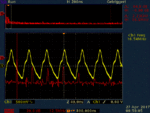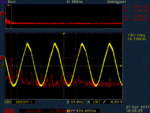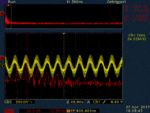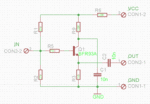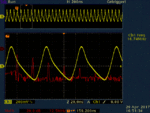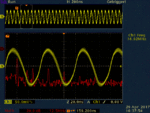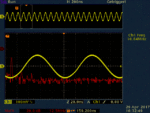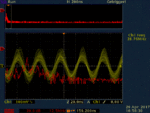atlantis7
Member level 2
Good point, I actually hadn't paid much attention to this. To find out I did drive the mixer with a signal generator and I may in fact be overdriving it but this problem seems not to be primarily a result of it:
@ -30 dBm
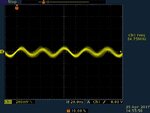
@ -20 dBm
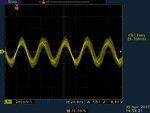
@ -10 dBm
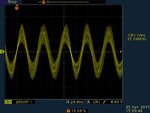
At -20 dBm the output should be pretty clean if overdriving was the main issue, isn't it? Below -30 dBm the output quickly vanished.
P.S.: It is not fixed frequency but a band about 500 kHz wide
@ -30 dBm

@ -20 dBm

@ -10 dBm

At -20 dBm the output should be pretty clean if overdriving was the main issue, isn't it? Below -30 dBm the output quickly vanished.
P.S.: It is not fixed frequency but a band about 500 kHz wide
